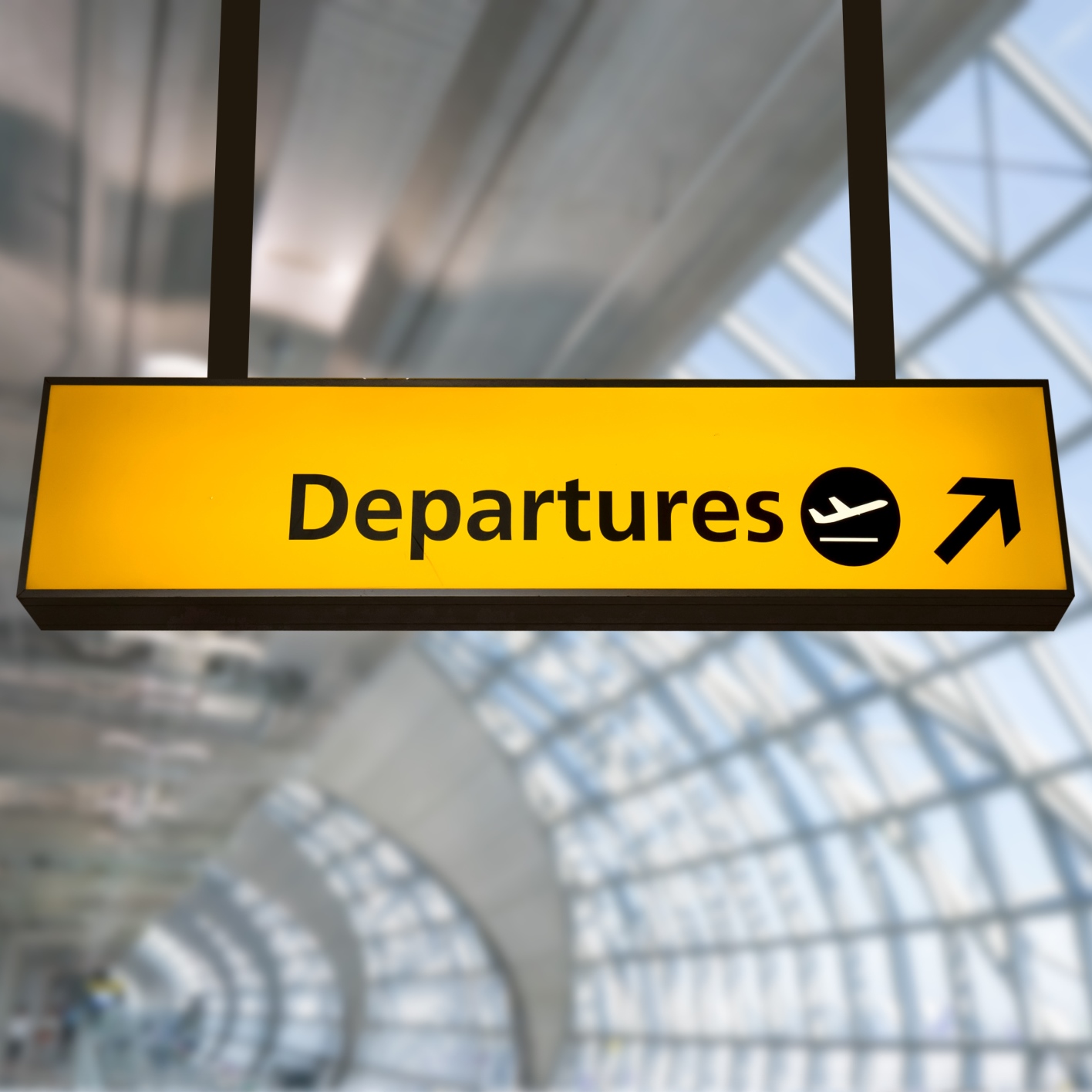
Like much of the rest of U.S. infrastructure, many major airports could do with some serious remodeling. A report published last year reckoned that an investment of $15.1 billion was needed annually until 2019 to accommodate growth and renovate the infrastructure.
The March 2015 report from the Airports Council International-North America (ACI-NA) also notes that the average annual expenditure required exceeds airport funding from annual Airport Improvement Program (AIP) grants, new Passenger Facility Charge (PFC) revenues, and airport generated net income.
Of the total required investment, 56% is target for expanding passenger and cargo activity and 38% is intended to repair, maintain and keep the nation’s airports “up to the standards for the aircraft that use them.”
The ACI-NA report noted:
It is clear that the existing federally-mandated funding system cannot meet U.S. airport capital needs for modernizing and expanding airport capacity which is critical for a safe, efficient and globally competitive aviation system.
While investing in infrastructure is critical, most of us judge our experiences with airports on whether flights arrive and leave on schedule, how accessible the airport is and the amenities we find in them. At least those are the criteria judged most important by the frequent flyers at The Points Guy website, who put together their list of the 10 best and 10 worst U.S. airports.
According to their rating system here are the 10 best airports in the United States:
- Phoenix, Arizona, Sky Harbor
- Portland, Oregon, International
- San Diego, California, International
- Salt Lake City, Utah, International
- Honolulu, Hawaii, International
- Seattle-Tacoma, Washington, International
- Philadelphia, Pennsylvania, International
- Charlotte, North Carolina, Douglas International
- Las Vegas, Nevada, McCarran International
- Minneapolis-St. Paul, Minnesota, International
Among the best airports, Salt Lake City and Honolulu had the best on-time records, and Salt Lake also had the lowest percentage of cancelled flights. But Salt Lake fell to number four in the ranking based on “sluggish” public transportation and “a lack of lounges.” Honolulu slipped to fifth also for public transportation problems. Phoenix edged out Portland on the basis of greater accessibility.
The 10 worst U.S. airports are:
- New York City, LaGuardia
- New York City, John F. Kennedy International
- Newark, New Jersey, Liberty International
- Chicago, Illinois, O’Hare International
- Detroit, Michigan, Metro
- Orlando, Florida, International
- Washington, D.C., Dulles International
- Denver, Colorado, International
- Los Angeles, California, International
- Houston, Texas, George Bush Intercontinental
The three major airports serving New York City were, perhaps unsurprisingly, the worst, with LaGuardia suffering from the highest rate of delays and cancellations, as well as the second-longest drive time, and “extortionate” parking fees.
For more details and a listing of the 30 busiest U.S. airports ranked from best to worst visit The Points Guy.
Are You Still Paying With a Debit Card?
The average American spends $17,274 on debit cards a year, and it’s a HUGE mistake. First, debit cards don’t have the same fraud protections as credit cards. Once your money is gone, it’s gone. But more importantly you can actually get something back from this spending every time you swipe.
Issuers are handing out wild bonuses right now. With some you can earn up to 5% back on every purchase. That’s like getting a 5% discount on everything you buy!
Our top pick is kind of hard to imagine. Not only does it pay up to 5% back, it also includes a $200 cash back reward in the first six months, a 0% intro APR, and…. $0 annual fee. It’s quite literally free money for any one that uses a card regularly. Click here to learn more!
Flywheel Publishing has partnered with CardRatings to provide coverage of credit card products. Flywheel Publishing and CardRatings may receive a commission from card issuers.
Thank you for reading! Have some feedback for us?
Contact the 24/7 Wall St. editorial team.

